Is it possible to grow a plum from a stone and how to do it?
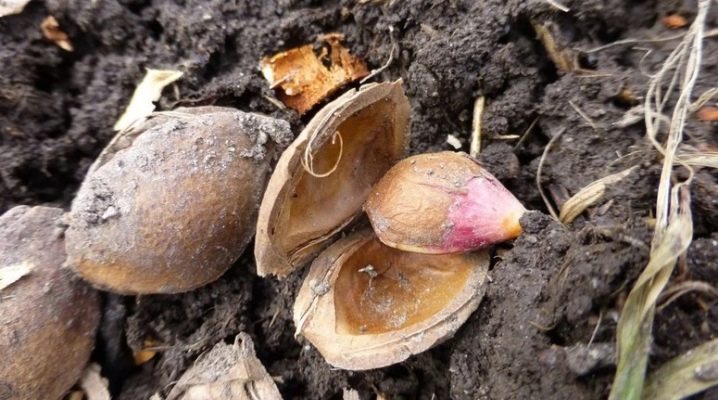
Growing fruit trees - including plums - from seeds is not particularly difficult. Any frost-resistant varieties grow in central Russia and in its southern regions. Being zoned - adapted to the local climate - they are able to grow without special care in black soil, but additional measures will accelerate the growth of the tree.
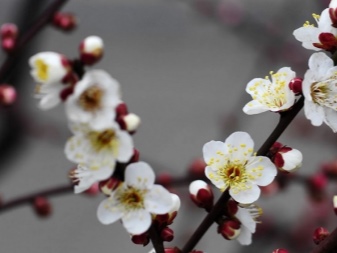
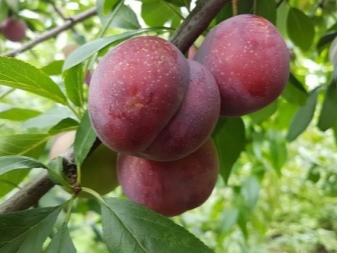
Features of the procedure
Plum seed germination is the most "natural" process that arose at the dawn of prehistoric times. Almost all wild-growing flora reproduces exclusively by seeds - gymnosperms and angiosperms, which give seeds together with fruits in summer and autumn. Before the appearance of humans, vegetative (by cuttings, layering, grafting, pieces of roots) plants reproduced poorly. In the simplest case, a yellow or lilac-blue plum grown from a seed sprouted in the very first spring may well survive to the state of an adult tree, only its fruits will be poorly cleaned (part of the fruit pulp adheres to the stone), will be small and excessively acidified. The best option is, nevertheless, a grafted tree - the trunk "wild", sprouting just from the stone, serves as a stock for the branches of other varieties of plum.
If, nevertheless, you do not want to spend several hundred or up to a thousand rubles - at 2021 prices - for each "cultivated" seedling, but intend to sprout plum seedlings from seeds, then all these seedlings will grow to the age of sustainable fruiting only after about 6 years. The resulting fruits, even those that are quite sweet, will fit only for compote or directly for food, since it is impossible to peel them from seeds (for prunes) or make seedless jam from them, and it is also impossible to put them on baking. Plum fruits, whose seedling is grown from a stone without "cultivation" by grafting, leaves much to be desired. Such trees are useful only for people pursuing other goals:
- preparation of drinks from the fruits of such a plum;
- creation of green spaces that improve the climate and ecology on the site, as well as greening of urban areas;
- obtaining a source of nectar for the bees living in the hive during the flowering period, etc.
You can grow a plum from a stone. It is possible to speed up this process by taking timely care of the growing seedling - fertilizing the soil every year, watering the tree according to the optimal schedule, etc., and making annual pruning.
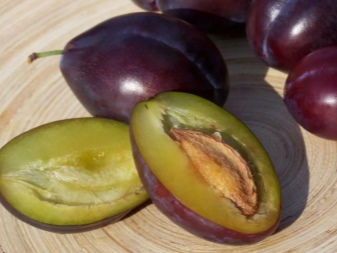
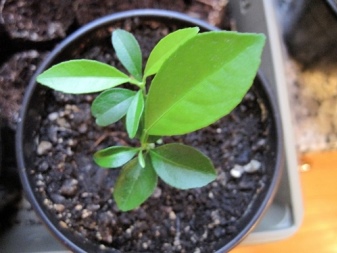
If the sprouting of plums is planned in permafrost conditions, then provide a bulk greenhouse with a large layer (above 1 m) of heated soil. The ground thaws in summer only on a shovel's bayonet is not suitable - any other trees, at least many species, will not survive when the root is in the ground that has been petrified from frost. This fully applies to fruit families, genera, cultural (cultivated) species and subspecies. Often, in northern houses, fruit trees are grown in a heated room, in which the temperature in winter never drops below +1, when -50 or even lower temperature may be “overboard” at the same time. For planting, barrels or tubs with imported black soil are used. Artificial lighting should be created (the days are short there, since the sun is low above the horizon), and indoor plantings should be placed on the south side.
You may be lucky, and the fruit will be peeled from the seeds quite easily.But in most cases, the pulp grows into each bone on them, and you will have to eat them or, having cooked jam from them, filter it from the seeds after cooking. That's why gardeners prefer grafted seedlings over bare seedlings.
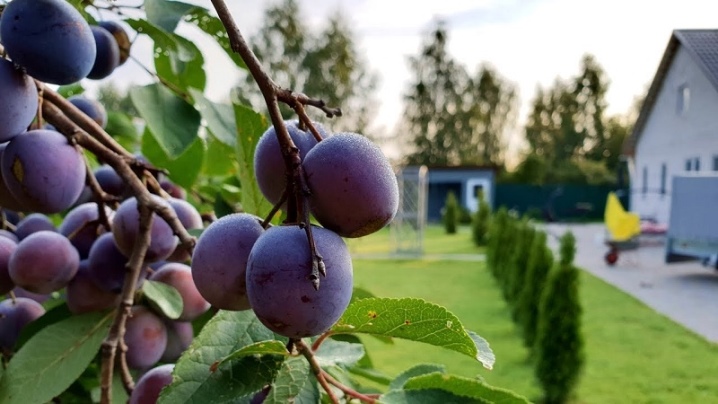
Which variety should you choose?
At home, you can grow a plum from a stone in almost any region - even in the taiga. However, the most frost-resistant varieties are needed - red and black, as well as some Chinese ones, for example, Manchu. Saplings and mature plum trees of these varieties are the most frost-resistant. It is recommended to look for a zoned variety from the closest (if seedlings are not bred in your region) subjects of the country.
A common source material for seeds is a varietal yellow plum, which is not afraid of frost. Sprouted from the seed, it is often found in roadside and field forest belts: a person may not enter this forest belt for decades - in order to take care of trees.
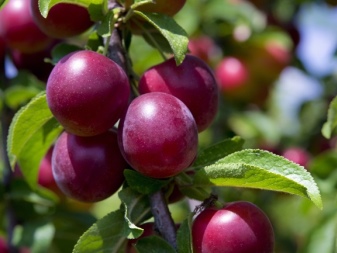
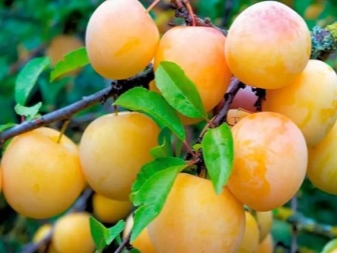
Preparation
Proper preparation determines how successful your decision will be. It is important not to get plums, which cause additional complications, such as pitting, for example.
Collection of material
Choose a variety of plum fruits from the market that is easy to peel. Any cultivar with a sweet taste and aroma is ideal as an ideal biomaterial. After you eat the fruits, the seeds will come in handy as seeds. Do not take a variety with a bone that is difficult to clean from the pulp - the chances of sprouting a plum with an easy-to-clean bone are zero here.
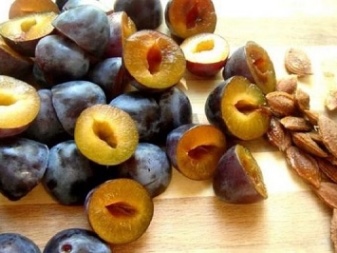
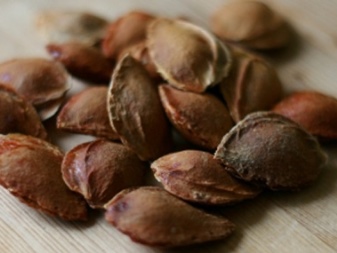
Germination
If the germination of fruiting trees is not carried out in a school on the site, but in pots or a tub at home, then with the help of tongs for cracking a nut, the bone is gently broken. Do not damage the kernel, otherwise it will not germinate. Place the cracked kernels in 10 or more folded cheesecloths on a plate or saucer. Pour in raw, settled water periodically, but do not fill in the whole bones - they must be constantly moistened. The kernels of the seeds drowned in water will swell - but they will not germinate, but will die: water displaces air from the space where they lie. The fact is that "awakened" seeds have respiration, just like living roots, stems and leaves of an adult plant. Germination of sprouts from removed seed kernels is the fastest way, additionally accelerated, for example, with the help of the growth activator "Kornevin".
Be prepared to take risks: some of the bones simply planted on the site can be stolen by mice - in the fall, looking for a wintering place, they dig out from the ground everything that can be gnawed, processed, or otherwise eaten for their survival. It is recommended to fence off a school fenced off from them - it is better in the form of a small greenhouse, into which it is much more difficult for rodents to get into.
Experienced gardeners, creating a greenhouse or greenhouse, lay a curtain in the ground around it - a metal mesh to a depth of 90 cm to protect this structure and the seedlings in it from undermining mice and rats. The mesh (square) of the grid should be no more than 5 mm on a side.
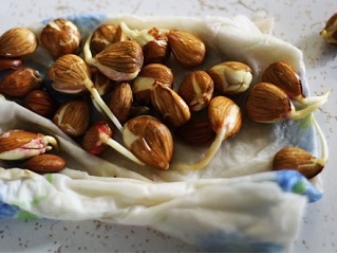
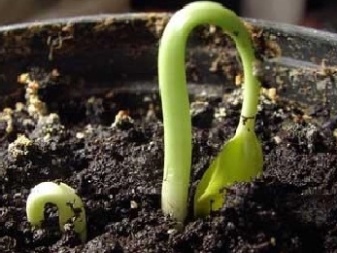
How to properly plant in a container?
Don't skimp on the volume of the container. The more spacious it turns out to be - it is advisable to use an old leaky pan or even a bucket - the more space the plant will have. In a small pot - up to 1 liter - you will not get a seedling half a meter high or more. In the north, when growing plums in indoor or greenhouse conditions, they use a barrel or tub, in which holes are drilled. Its volume is 100-200 liters, and imported chernozem is used as a raw material, since gray podzolic soil in the taiga zone or soil present in treeless tundra conditions are not suitable: in both cases, there is little humus.
Seedlings are planted with the root down, but not vice versa.If you plant it just the opposite, then the stem will take a considerable time - up to a month to turn around and germinate upward, to break into the light. In this case, the root will turn out to be not quite correct, twisting, resembling the rhizome of a weed or bush, which will complicate the nutrition and transplantation of a growing seedling.
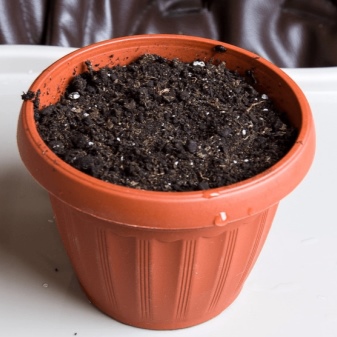
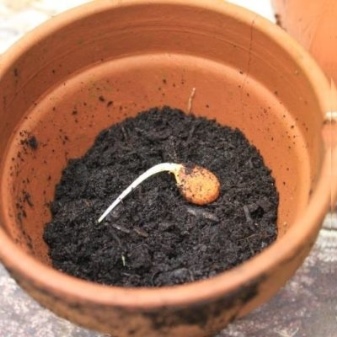
Landing in open ground
If the ground in front of the house or in the summer cottage area has not been fertilized, it is recommended to dig well before planting, to dig the soil to a depth of at least one and a half bayonets of a shovel. Sandy soil - sands fixed by vegetation - will not do without fertilization. Clay must be mixed with sand and peat before fertilization. It is recommended to plant seedlings in a permanent place only when the shoots that have sprouted from the seed and have taken the form of a branch are well rooted and lignified.
If the stems are not lignified, then transplanting will cause significant difficulties: with a high degree of probability, the plant will wither. To prevent this from happening, it is more correct to cut the container on both sides, remove the raw lump together with the seedling. Lower the soil along with the seedling into a hole previously dug to size, then gently trample the area around the plant. Water the seedling with a weak solution (10 g per bucket of water) "Kornevin". The rest of the irrigation sessions are already carried out with running or settled (raw) water.
The seedling should be covered with earth so that the entire underground part, including the adventitious roots, is below ground level.
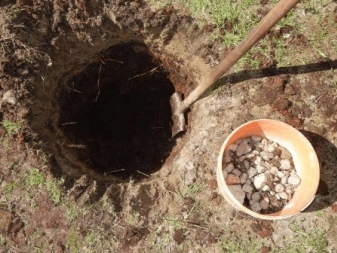

Follow-up care
Growing plum seedlings from a stone (or seeds) is possible even for novice gardeners. There are only a few conditions under which a seedling grows quickly and turns into a full-fledged adult tree in a few years. You will need fertilization with potash and phosphorus-containing fertilizers. Wood ash and coal are also suitable minerals. Do not use cinder from burnt plastic, rubber, or other synthetics. Ashes from used natural wool and silk, old CB can be used - it is a completely natural material, similar to wood (cellulose) in composition. If it is not possible to buy ready-made organic fertilizer, then overexposed (at least 3 years) poultry manure and cattle manure, in extreme cases, overexposed human, dog and cat waste, as well as stale fruit and vegetable peelings, dried and overexposed mown weeds, weeds are suitable. ...
From all this organic matter, compost is obtained as a result of overexposure. Remember that a diligent and diligent owner, a gardener does not have garbage - any organic matter is subject to processing, but provided that the owner himself and his pets did not use drugs, did not eat semi-finished products, and the person did not drink alcohol and did not smoke, led by 100% healthy lifestyle. If this requirement is violated, then the waste is unsafe: foreign substances will enter the plant, into its fruits, and then again into the body of the site owner.
Water the seedlings regularly. The signal for watering the plum - like any other tree - will be the leaves that have descended from drought, but it is better not to allow this. The optimal regime is thorough watering every few days.
In the summer heat, seedlings need to be watered every day, adult trees - from several years - every few days: the earth dries up rapidly, and moisture remains only at the level of deeper roots.
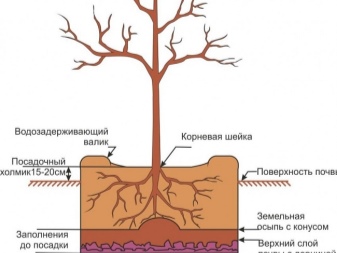
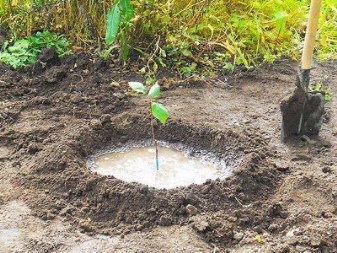
To water less often, regularly dig up, loosen the ground - near the trunk circle - near each tree. Ideally, its diameter should match the diameter of the crown. The next day, when the soil is dry and no longer resembles dirt, it is easy to loosen. In general, if there is no rain for several weeks, trees are watered in winter at least once a month and a half, when the temperature remains above zero for a long time. In case of frosts, including night frosts, watering is excluded - the frozen soil can freeze the roots, and the plant will die. Dug up land will facilitate watering, further growth of the seedling and an adult tree.
Any tree, including a seedling, requires regular pruning. Dead branches are cut off regardless of the season - to a living place, and the cut itself is covered with garden varnish, paraffin or wax, this pruning is called sanitary. Formative pruning is performed in early spring or late autumn - when the foliage has not yet appeared, the buds are closed, or it has already flown around, and the leaf fall has stopped. The main stem is pruned after a few years - if the harvest does not matter to you, then you can leave it alone, then the tree will grow freely by 10 or more meters, creating shade and coolness on the site. However, the side branches need to be cut.
If you do not want the tree to create a thicket around it, then remove the lateral (daughter) shoots that have sprouted next to the tree from a common root. An unkempt tree grows chaotically - in addition to lateral processes, it gives randomly spaced germinated sprouts from overripe fallen fruits. Reproduction of plums takes place, as it were, in the wild, without human intervention. As a result, the site will become neglected.
Don't skimp on water... If there is a pumping well on the site, and metering is not carried out, then the volume of pumped out water does not matter when it is used for the needs of useful vegetation. It is recommended to use a drain to ensure the drainage of rainwater that rolls down from the roof of the house to the site, and not to throw it out: abundant and maximum watering with such water is unlikely to damage, since rainwater is "more alive" than tap water, after which even those who have fallen are able to rise plants.
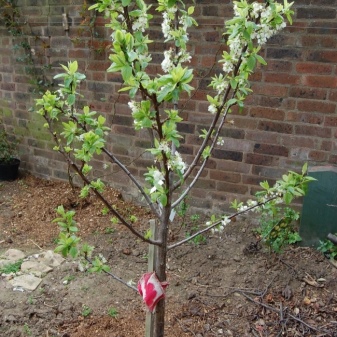














The comment was sent successfully.